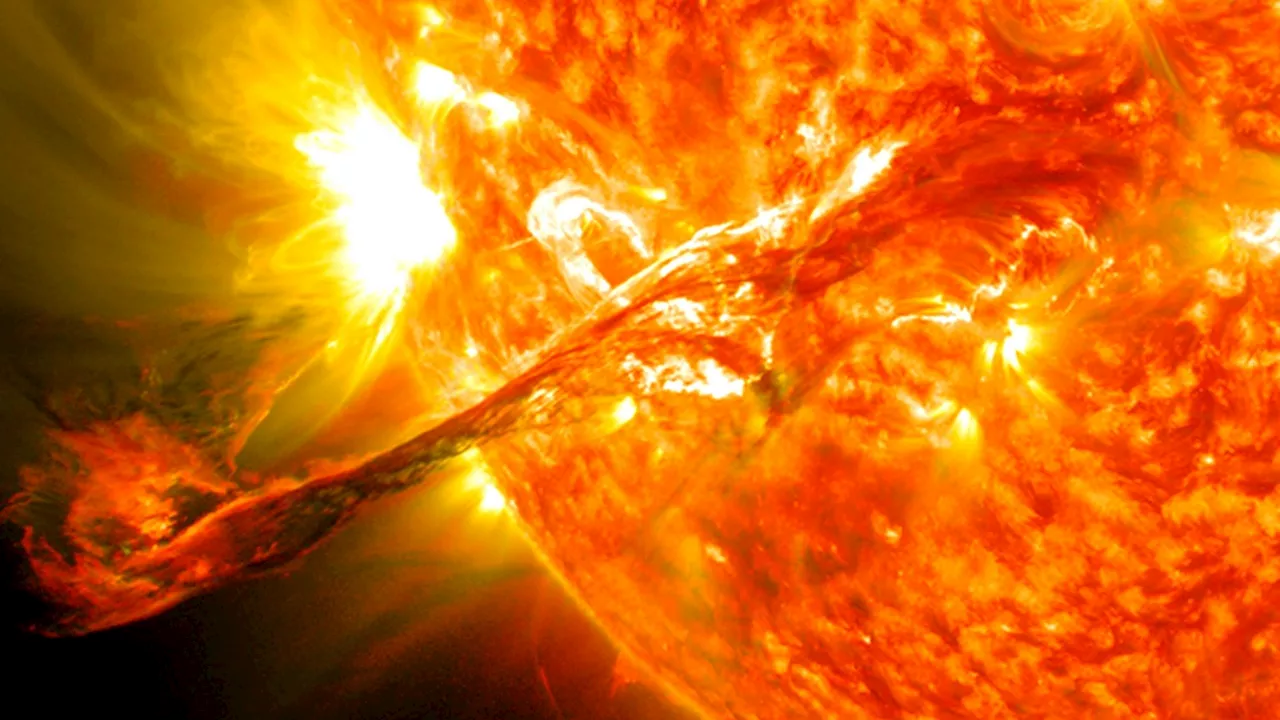Science, Space and Technology News 2024
This coronal mass ejection, captured by NASA’s Solar Dynamics Observatory, erupted on the Sun on August 31, 2012, traveling over 900 miles per second and sending radiation deep into space. Earth’s magnetic field shields it from radiation produced by solar events like this one, while Mars lacks that kind of shielding. Credit: NASA/SDO
Learn how NASA’s MAVEN and the agency’s Curiosity rover will study solar flares and radiation at Mars during solar maximum – a period when the Sun is at peak activity. Credit: NASA/Earth’s magnetic field largely shields our home planet from the effects of these storms. But Mars lost its global magnetic field long ago, leaving the Red Planet more vulnerable to the Sun’s energetic particles.
When a solar event occurs, scientists look both at the quantity of solar particles and how energetic they are. When MAVEN detects a big solar flare, the orbiter’s team lets the Curiosity team know so they can watch for changes in RAD’s data. The two missions can even assemble a time series measuring changes down to the half-second as particles arrive at the Martian atmosphere, interact with it, and eventually strike the surface.
Mars Before and After Dust Storm: Side-by-side movies shows how the 2018 global dust storm enveloped the Red Planet, courtesy of the Mars Color Imager camera onboard NASA’s Mars Reconnaissance Orbiter. This global dust storm caused NASA’s Opportunity rover to lose contact with Earth. Credit: NASA/JPL-Caltech/MSSS
South Africa Latest News, South Africa Headlines
Similar News:You can also read news stories similar to this one that we have collected from other news sources.
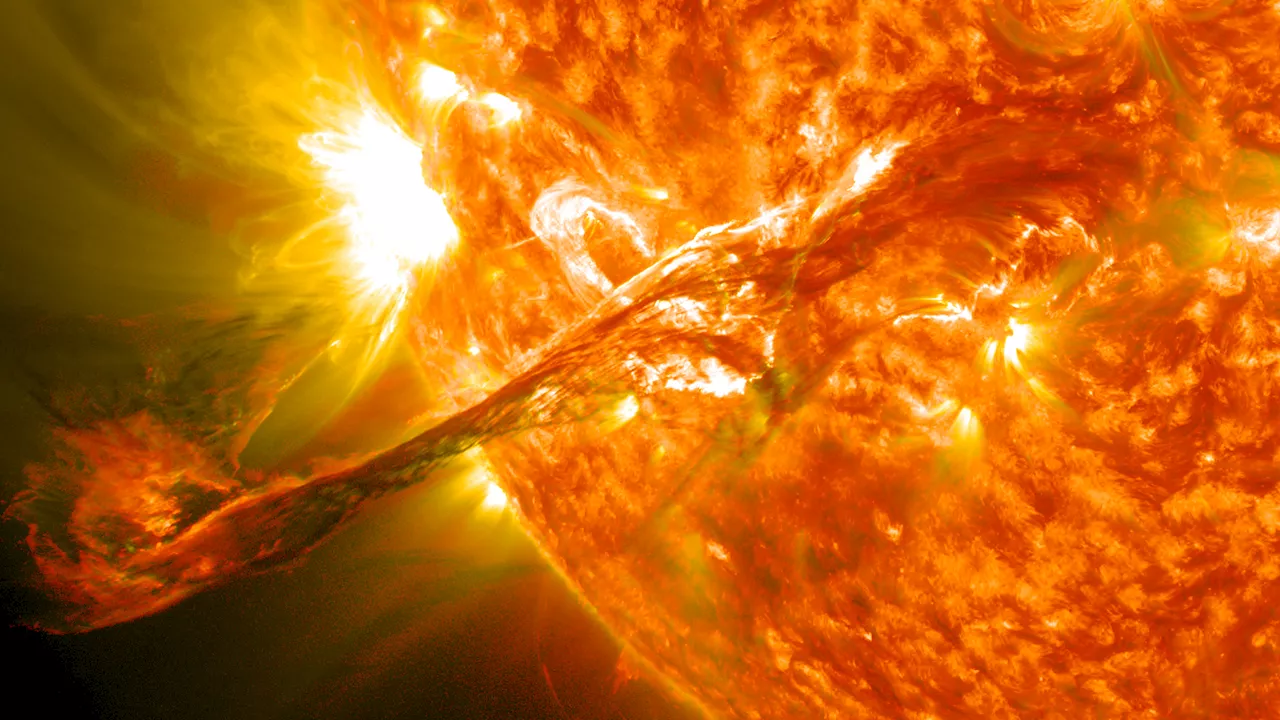 NASA Scientists Gear Up for Solar Storms at MarsThe Sun will be at peak activity this year, providing a rare opportunity to study how solar storms and radiation could affect future astronauts on the Red
NASA Scientists Gear Up for Solar Storms at MarsThe Sun will be at peak activity this year, providing a rare opportunity to study how solar storms and radiation could affect future astronauts on the Red
Read more »
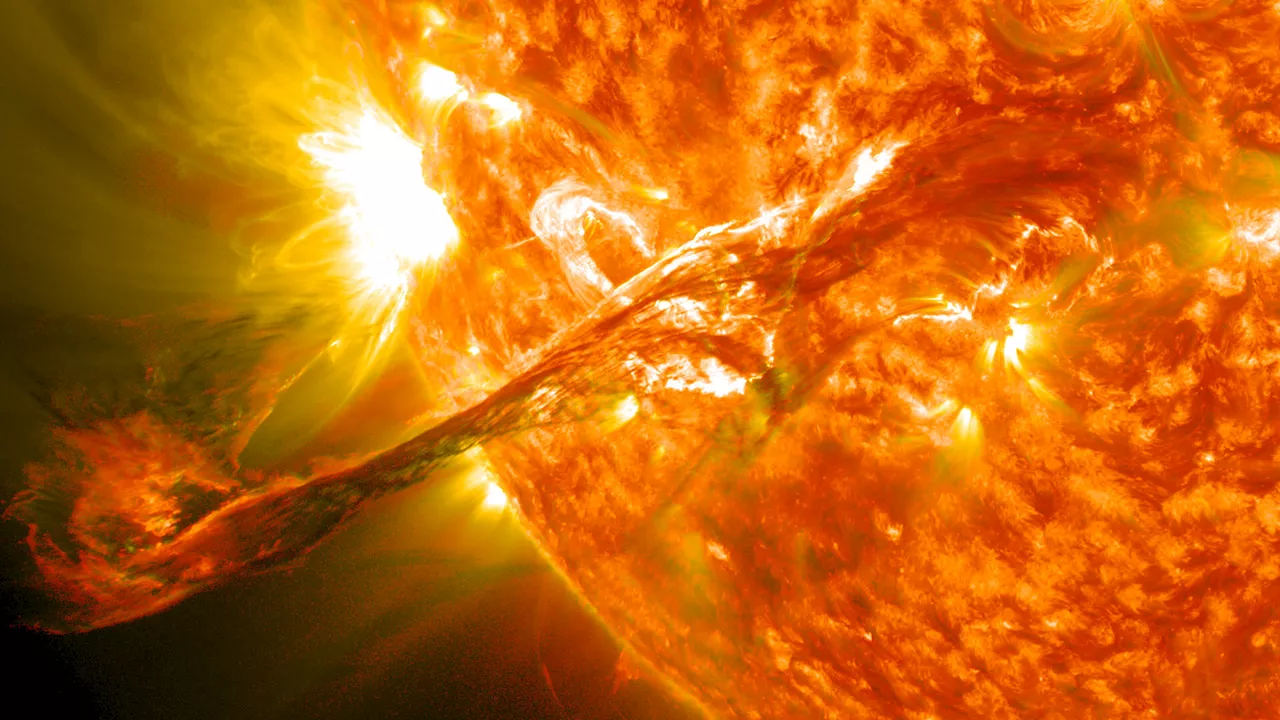 NASA scientists gear up for solar storms at MarsIn the months ahead, two of NASA's Mars spacecraft will have an unprecedented opportunity to study how solar flares—giant explosions on the sun's surface—could affect robots and future astronauts on the Red Planet.
NASA scientists gear up for solar storms at MarsIn the months ahead, two of NASA's Mars spacecraft will have an unprecedented opportunity to study how solar flares—giant explosions on the sun's surface—could affect robots and future astronauts on the Red Planet.
Read more »
 Scientists gear up to study solar eclipse with high-altitude planes and sun-orbiting probesFor the millions of people across North America who will be treated to a total solar eclipse on April 8, it will be spectacular show — a chance to see the…
Scientists gear up to study solar eclipse with high-altitude planes and sun-orbiting probesFor the millions of people across North America who will be treated to a total solar eclipse on April 8, it will be spectacular show — a chance to see the…
Read more »
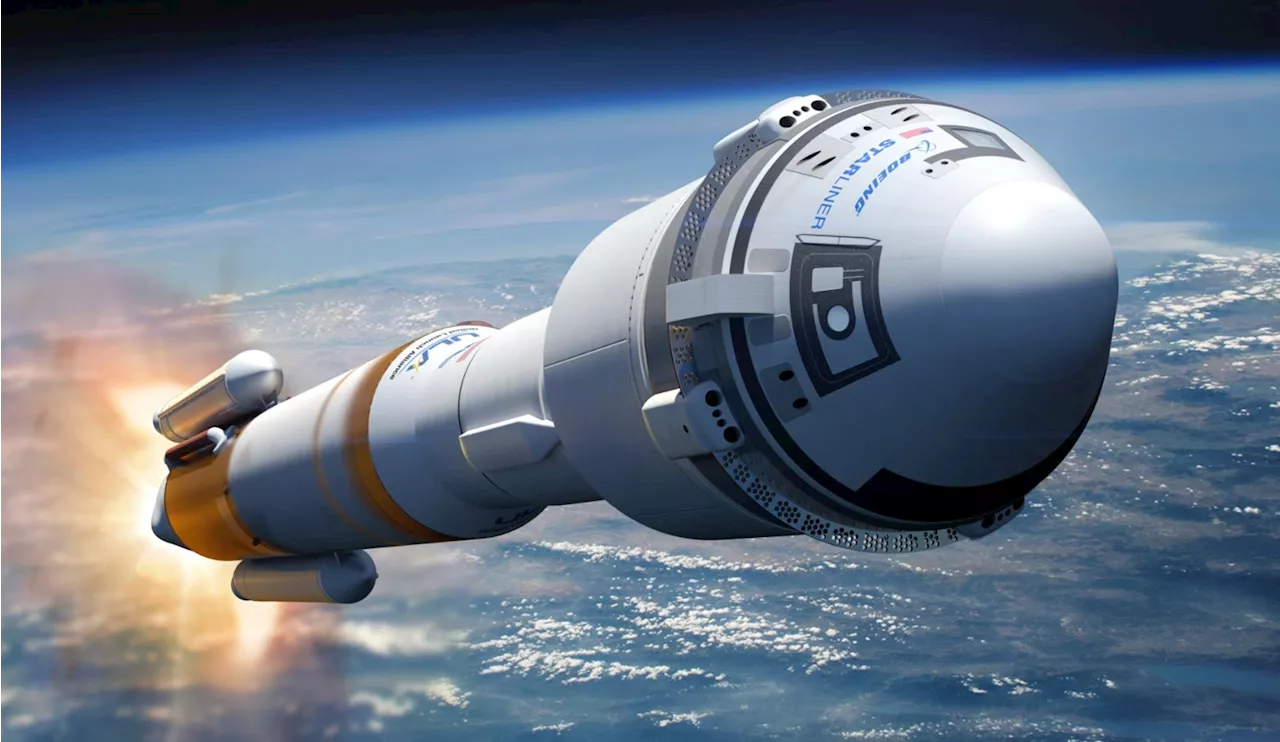 NASA Astronauts Gear Up for Boeing Starliner’s Groundbreaking Test FlightScience, Space and Technology News 2024
NASA Astronauts Gear Up for Boeing Starliner’s Groundbreaking Test FlightScience, Space and Technology News 2024
Read more »
 Citizen scientists invited to collect data for NASA during eclipseOn April 8, 2024, as the moon passes between the sun and Earth, thousands of amateur citizen scientists will measure air temperatures and snap pictures of clouds. The data they collect will aid researchers who are investigating how the sun influences climates in different environments.
Citizen scientists invited to collect data for NASA during eclipseOn April 8, 2024, as the moon passes between the sun and Earth, thousands of amateur citizen scientists will measure air temperatures and snap pictures of clouds. The data they collect will aid researchers who are investigating how the sun influences climates in different environments.
Read more »
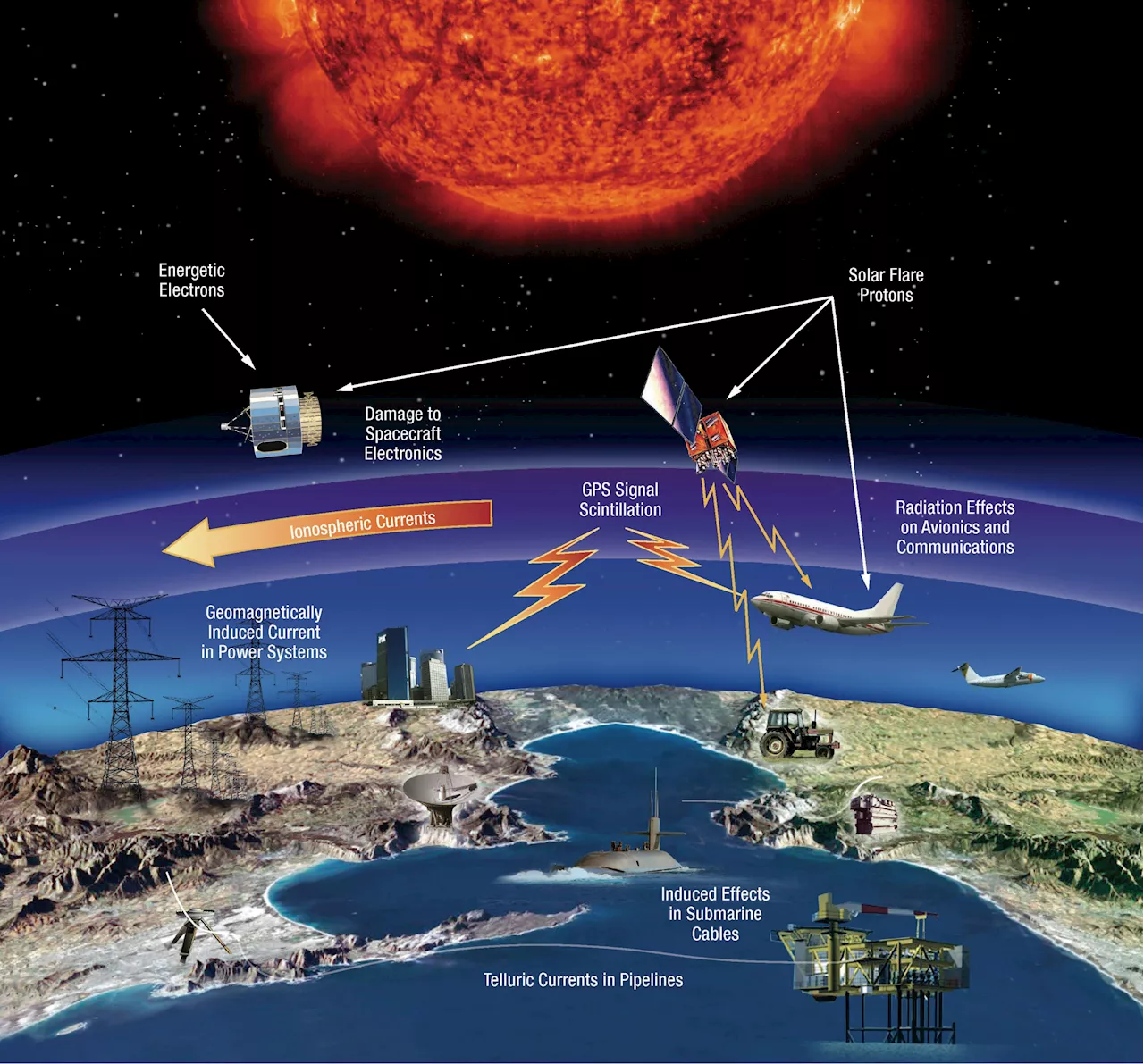 Scientists use NASA data to predict solar corona before eclipseOur sun, like many stars, is adorned with a crown. It's called a corona (Latin for 'crown' or 'wreath') and consists of long, thread-like strands of plasma billowing out from the sun's surface. The powerful magnetic field of the sun defines these strands, causing them to ripple and evolve their structures constantly.
Scientists use NASA data to predict solar corona before eclipseOur sun, like many stars, is adorned with a crown. It's called a corona (Latin for 'crown' or 'wreath') and consists of long, thread-like strands of plasma billowing out from the sun's surface. The powerful magnetic field of the sun defines these strands, causing them to ripple and evolve their structures constantly.
Read more »
